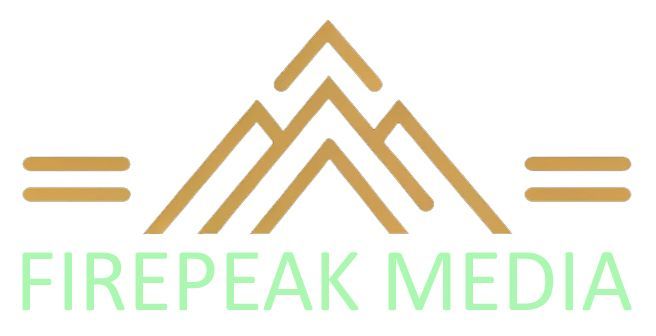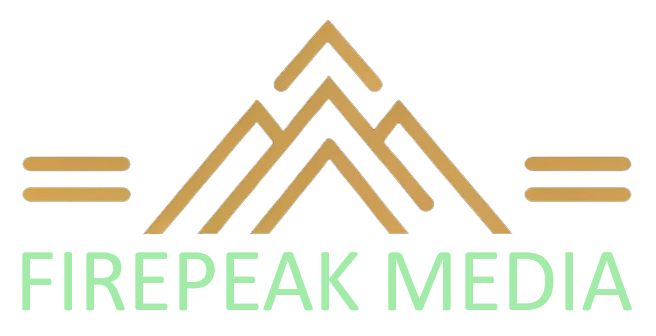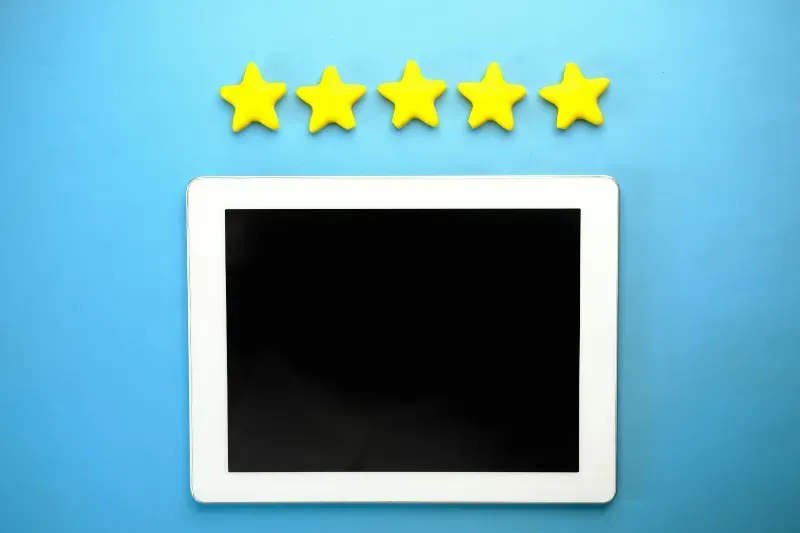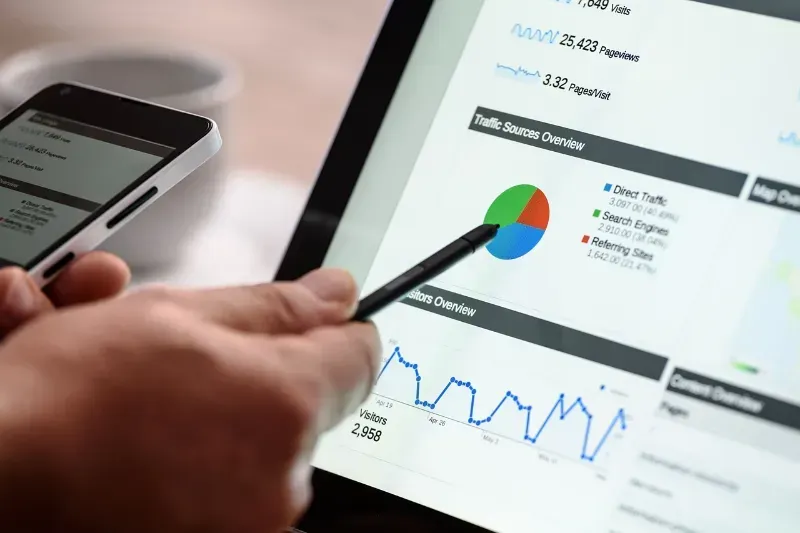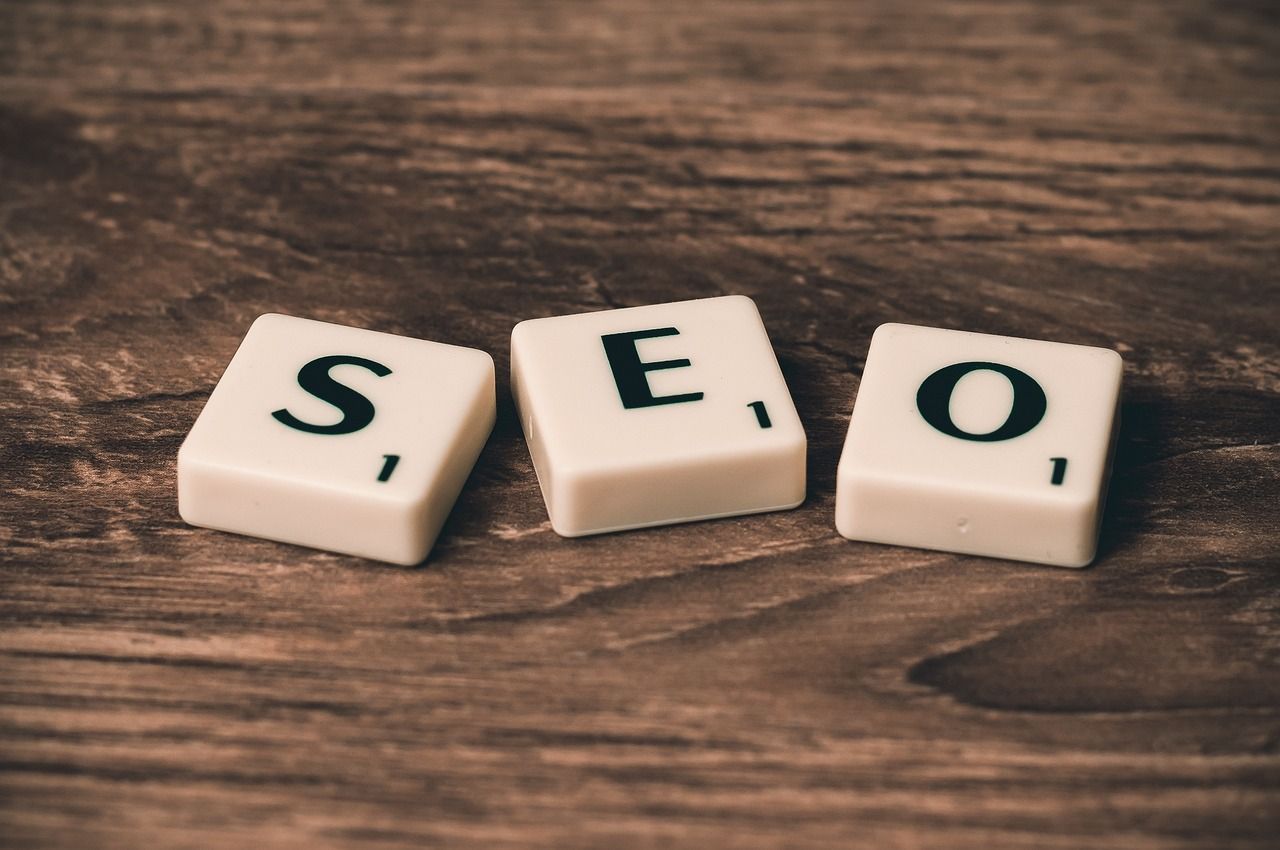Content Marketing Strategies for Small Businesses: Grow Your Reach
Content Marketing for Small Business: Strategies and Best Practices
Content marketing is one of the most cost-effective marketing strategies. For small businesses and startups, it is an effective method to promote their brand without spending a penny.
But how and when do you start your content marketing efforts? This comprehensive guide will walk you through the benefits of content marketing, essential elements, effective strategies and some examples that you can try out.
Why Choose Content Marketing?
Consumers are constantly bombarded with marketing messages from all directions. Amidst this, content marketing has emerged as a powerful strategy for several reasons.
Traditional advertising often interrupts consumers and tends to be less effective in building relationships. On the other hand, content marketing aims to provide value to customers through informative and entertaining content that helps establish trust and authority.
According to a study by the Content Marketing Institute, content marketing generates three times more leads than traditional outbound marketing while costing 62% less. The key to content marketing is to create valuable, relevant, and consistent content that can attract and retain a specific audience.
By doing so, small businesses can position themselves as industry experts and build a loyal customer base over time.
What are the 5 C's of Content Marketing?
A successful content marketing campaign requires a well-thought-out strategy that encompasses the 5 crucial elements of content marketing, also known as the 5 C's. These elements are clarity, conciseness, compelling, credible, and call to action.
1. Clarity
Content should be clear and easily understood by the target audience. Clarity ensures that the message is communicated effectively, reducing the risk of misinterpretation. According to a survey by Nielsen Norman Group, users often leave web pages within 10-20 seconds, emphasizing the need for clear and concise content.
2. Conciseness
Whether we admit it or not, our consumers have a very limited attention span. This means that in order to successfully deliver your message, you need to make it as short as possible. Studies show that the ideal blog post length for maximum engagement is around 1,600 words. Keeping your content short and sweet encourages your readers to read the entire piece.
3. Compelling
Nobody will ever read boring content. In order to attract your target audience, you need to have compelling content that will capture and hook their attention. Compelling content not only captures the audience's attention but also encourages response. Using storytelling techniques, emotion-evoking visuals, and relatable narratives can make content more compelling. Research by Buffer indicates that tweets with images receive 150% more retweets, showcasing the power of compelling visuals.
4. Credible
Credibility is one of the major factors that Google considers in ranking pages. Back information with credible sources, industry expertise, and transparent communication to foster trust and ensure organic traffic.
5. Call to Action (CTA)
Every piece of content should have a clear call to action. Whether it's encouraging readers to subscribe, share, or make a purchase, a well-crafted CTA guides the audience toward the desired outcome. And personalize your CTAs. Research by HubSpot indicates that personalized CTAs perform 202% better than generic ones.
Content Marketing Strategies for Small Businesses
So, where do you start with your content marketing? How do you do it? Here are some simple yet effective steps to jump-start your campaign.
1. Define Your Audience
The first step in creating a successful content marketing campaign is identifying who you are writing to. When you know your target audience, you can then create content that resonates with them. You can use analytics tools and customer feedback to identify preferences and pain points.
2. Leverage SEO
Any content is useless without optimizing it for SEO. Only SEO optimized content is discoverable. If your content is not ranking, then nobody can ever read it. Conduct keyword research and use relevant terms to improve your website's ranking.
A study by Moz found out that the first page of Google captures over 70% of search traffic clicks.
3. Utilize Social Media
Share content across social media platforms to reach a wider audience. Tailor content for each platform and engage with your audience through comments and shares.
4. Invest in Visual Content
Visual content, such as infographics and videos, attracts attention and improves engagement. Research by Venngage reveals that 41.5% of marketers believe visual content is the most important type. Furthermore, according to Cisco, by 2022, online videos will make up more than 82% of all consumer internet traffic.
5. Embrace User-Generated Content (UGC)
Encourage customers to create and share content related to your brand. UGC builds authenticity and trust among potential customers. A survey by TurnTo Networks found that 90% of consumers say UGC influences their purchasing decisions.
6. Email Marketing Campaigns
Use email marketing to nurture leads and keep your audience informed about new content. According to
Campaign Monitor, email marketing has an average ROI of $42 for every $1 spent.

Content Marketing Examples for Small Businesses
There are a lot of content types that your small business can try out. Some of the major ones are the following:
1. Blog Posts
Blog posts are the most common content form to share insights, tips, and industry knowledge. Furthermore, blogs offer an in-depth exploration of topics, allowing for comprehensive coverage compared to shorter formats.
Pros:
- Establish authority and expertise
- Boost SEO with keyword-rich content
- Fosters audience engagement through comments
Cons:
- Requires consistent effort for effective results
- May face challenges in standing out amid the abundance of online content (especially with AI-generated content)
2. Podcasts
Podcasts are audio-centric content that provides a convenient way for your audience to consume valuable information. It offers a unique, immersive experience, letting listeners engage while multitasking, such as during commutes or workouts.
Pros:
- Connects with an audience on the go
- Fosters a sense of intimacy through auditory storytelling
- Allows for dynamic conversations with industry experts
Cons:
- Requires additional equipment and technical know-how
- Building a substantial listener base takes time
3. Social Media Campaigns
Social media campaigns leverage platforms like Instagram, Twitter, or Facebook to connect with your audience. It harnesses the power of community involvement and user-generated content, creating a dynamic and participatory brand experience.
Pros:
- Enhances brand visibility and reach
- Fosters community engagement and user-generated content
- Provides real-time interaction with your audience
Cons:
- Results may vary based on the platform's algorithm changes
- Requires active monitoring and moderation
4. Videos
Videos provide a visual medium for storytelling. This format brings a dynamic and immersive dimension to your brand, showcasing authenticity and personality.
Pros:
- Captures attention and improves engagement
- Builds a personal connection through visual storytelling
- Suitable for various platforms, including YouTube and social media
Cons:
- Requires equipment, editing skills, and time investment
- Quality expectations may be higher for video content
5. Newsletters
Newsletters deliver curated content, updates, and exclusive offers directly to subscribers' inboxes. Furthermore, newsletters offer a personalized touch, creating a direct channel for communication with your audience.
Pros:
- Direct communication with a subscribed audience
- Drives traffic to your website and other content
- Fosters brand loyalty through exclusive offers
Cons:
- Building and maintaining a subscriber list requires ongoing effort
- Risk of being marked as spam if not carefully curated
6. Webinars
Webinars are live or pre-recorded sessions that provide educational content. They offer real-time interaction, allowing participants to engage with the content and ask questions.
Pros:
- Positions your brand as an industry authority
- Facilitates direct interaction and Q&A sessions
- Creates on-demand content for future use
Cons:
- Requires technical setup and promotion for participation
- Participant engagement can vary
7. Ebooks and Guides
Ebooks and guides offer extensive information on a particular topic. Additionally, these content provide a deep dive into a subject, positioning your brand as an authoritative source.
Pros:
- Establishes authority through in-depth, comprehensive content
- Serves as a valuable lead magnet for capturing customer information
- Can be repurposed into multiple content formats
Cons:
- Requires significant time and effort for creation
- Distribution may involve additional marketing efforts
8. Infographics
Infographics convey information through visually engaging graphics. They leverage visuals to convey information quickly, making complex data more accessible.
Pros:
- Presents complex information in an easily digestible format
- Boosts shareability on social media platforms
- Enhances engagement with visually appealing content
Cons:
- Requires design skills or collaboration with a graphic designer
- Content may need periodic updates to stay relevant
FAQs
Q: What is the significance of content marketing for small businesses?
A: Content marketing is significant for small businesses as it provides a cost-effective way to engage and build relationships with their target audience. It generates leads, establishes brand authority, and fosters customer loyalty.
Q: How can small businesses measure the success of their content marketing efforts?
A: Small businesses can measure content marketing success through key performance indicators (KPIs) such as website traffic, conversion rates, social media engagement, and customer feedback. Utilizing analytics tools helps in tracking and analyzing these metrics.
Q: Is content marketing suitable for all types of small businesses?
A: Yes, content marketing is adaptable and suitable for various types of small businesses across industries. Whether offering products or services, content marketing can be tailored to meet the specific needs and preferences of the target audience.
Q: How often should small businesses create and publish content?
A: The frequency of content creation depends on the nature of the business and the preferences of the target audience. Consistency is key, whether it's weekly blog posts, monthly newsletters, or regular social media updates.
Unlock the Power of Content Marketing for Your Small Business
Content marketing is a dynamic and powerful tool for small businesses to connect with their audience, build brand authority, and drive business growth. By adhering to the 5 C's—clarity, conciseness, compelling, credible, and call to action—and implementing effective strategies backed by research and statistics, small businesses can create impactful content that resonates with their target audience.
If you want to read more resources on everything surrounding digital marketing,
read our blog or subscribe to our newsletter today.
